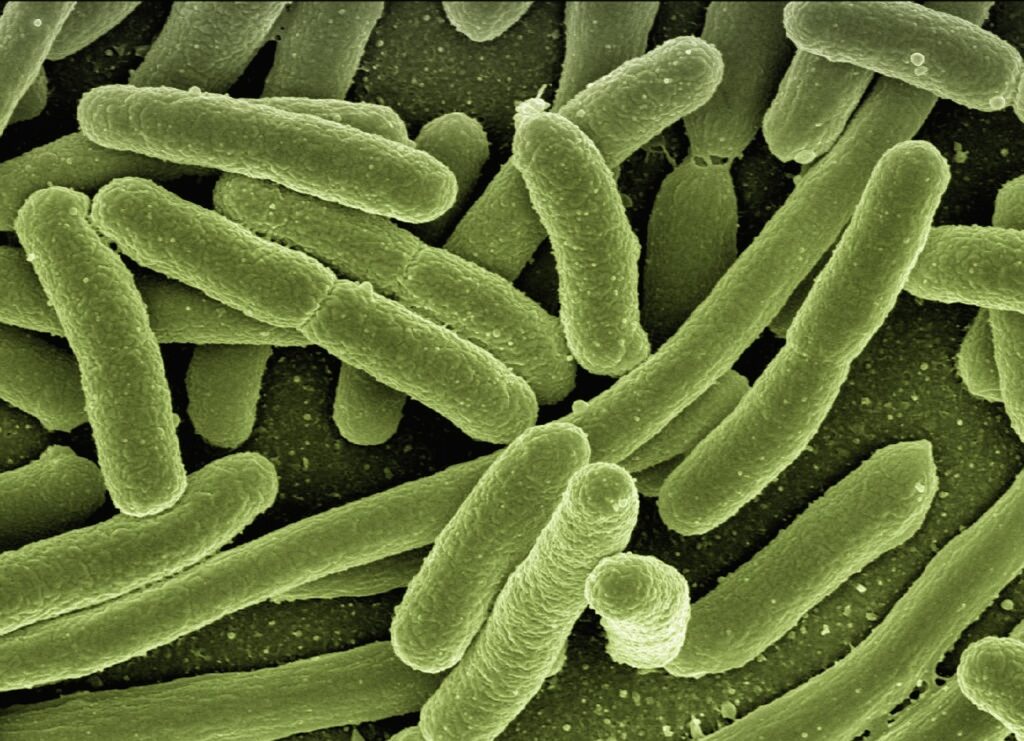CDC Warns Public Of A Deadly Fungus Rapidly Spreading Through The US
The cases of the drug-resistant fungus Candida auris skyrocketed in 2021 and 2022, with the CDC estimating that between 30 percent and 60 percent of people infected with the fungus have died.
This article is more than 2 years old

Most of us are all too familiar with yeast infections, those uncomfortable fungal infections that can cause everything from uncomfortable urination to rashes to even thrush, but no matter how uncomfortable they get, they’ve generally not been life-threatening—until now. According to the Center for Disease Control and Prevention, a deadly fungus in the Candida genus, Candida auris, is adapting to become resistant to drugs. While this doesn’t present a problem for healthy people, it can cause severe illness and even death for those who have weakened immune systems.
The cases of the drug-resistant yeast skyrocketed in 2021 and 2022, with the CDC estimating that between 30 percent and 60 percent of people infected with the fungus have died. While these numbers are alarming, they’re based on a very limited sample of people—those who have been admitted to medical facilities due to severe illness caused by the deadly fungus. That relatively small sample group only includes people who already had compromised immune systems, used invasive medical devices, or had extended or frequent stays at medical facilities.
While the deadly fungus likely doesn’t pose a significant threat to healthy people, it is a serious concern for the hundreds of thousands of people around the world whose immune systems might make them susceptible. A CDC epidemiologist said that they’re especially concerned about how quickly cases are increasing and how widely they’re spreading, making Candida auris a priority of CDC researchers. These outbreak prevention and protection measures include increased surveillance, faster diagnostic tools, expanded lab research and, on the ground, a strict adhere to infection protocols by local medical professionals.
The deadly fungus has been reported in more than 30 countries, with over 3,200 clinical cases in the U.S over five years. The number of clinical cases is alarming, but it’s important to note that in the same time period, there were over 7,400 screening cases where the fungus was present but did not cause infection. According to NPR, the fungus can spread from person to person, as well as from contaminated surfaces.
There are a variety of reasons why the number of cases increased so rapidly, but a significant problem is that the testing process, which identifies the yeast through bodily fluids, makes it difficult to distinguish between Candida auris and other types of yeast infection, increasing the possibility that the infection could be misdiagnosed. Hospitals and medical facilities may also be largely unaware of the risk posed by the deadly fungus or its rate of transmission and, therefore, might not take the precautions necessary to prevent its spread. On a positive note, though, the CDC thinks that some of the increase in cases may be because tests are getting better at diagnosing it.
To keep yourself safe from this deadly fungus, the CDC recommends an old standby: washing your hands often with soap and hot water and using alcohol-based sanitizers when unable to wash hands. It’s a simple task, but keeping your hands clean is your best defense against the spread of disease and infection—even ones as potentially harmful as Candida auris. The CDC will continue to update the public on the threat and with any updated guidelines.



